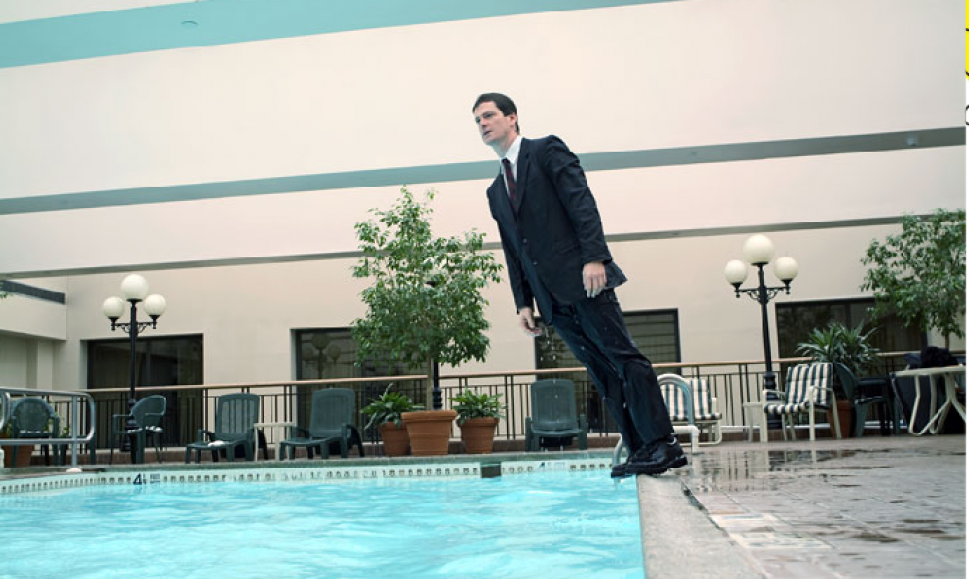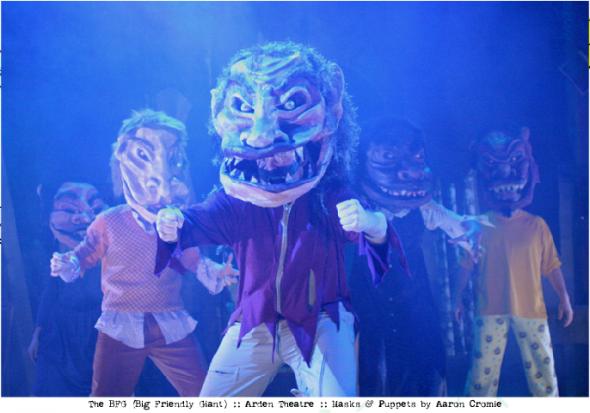Headlong Performance Institute is an intensive Philadelphia semester in hybrid performance founded and taught by working artists, including artistic directors of Headlong Dance Theater and Pig Iron Theatre Company. HPI students train, create, perform, and see work (including a full schedule of performances in the Live Arts/Philly Fringe Festival) in the heart of Philadelphia’s vibrant and internationally-known performance scene. Students also benefit from professional mentoring through our “Life of the Artist” series, and also earn a full semester of undergraduate credit through Bryn Mawr College.
The 2011 curriculum is:
Performance Theory, History, and Criticism
This course gives students a strong grounding in seeing, analyzing, and writing about contemporary dance and theater art. Students read manifestos, reviews, and instructional texts about the performance art of the past hundred years. They also attend live performances in Philadelphia, meeting the artists and writing about their work. Encounters with live art made by Philadelphia artists, including HPI faculty, inform the development and debate of language and frameworks for understanding the components of live performance. Central texts include works by Judith Malina, Bertolt Brecht, Peter Handke, Antonin Artaud, Marcel Duchamp, Gertrude Stein, and Yvonne Rainer. This semester, key live performances include pieces in the Philadelphia LiveArts/Fringe Festival, including work by New Paradise Laboratories, Pig Iron Theater Company, Headlong Dance Theater, and other innovators.
Advanced Performance Techniques
How do we use the body and voice in performance? How do we relate to other performers? To the audience? Institute faculty address these fundamentals of making and performing in three techniques: Responsive Movement (a contemporary dance approach with particular focus on Structured and Contact Improvisation and releasing techniques), Lecoq clown, and dell’Arte mask. Each framework contains tools for moving, creating, and interrelating. Students are immersed in all three as technical training and as provocations, as performance proposals to use and push against. While the students in the program come from a wide variety of disciplines and backgrounds, through this course they all gain a better understanding of their own bodies, faces, and voices while creating a cohesive ensemble of co-creators and performers. Every week, students also engage in embodied practices of integration and awareness that support their performance work. These practices will include elements of contact improvisation, yoga, releasing techniques, singing, and Pilates.
Composition for Performance
Through our work on composition, students develop strong starting points for making performance work, rigorous approaches to generating material, and a sharp eye for editing their own work and the work of other students. Collaboration skills and the ability to work within different ensemble structures are analyzed and practiced, and personal, idiosyncratic visions are nurtured. Exercises range from dance and theater compositional exercises to improvisational group dances and ensemble building. Attention is paid to finding and using source materials (texts, images, music), and to harnessing sound, costume, and visual design in support of one’s overall vision.
Colloquium in Performance Creation
This course consists of two projects conceived and executed by the students: a solo performance piece and a final collaborative work. Students make performance proposals, including subject matter, source material, and rehearsal strategies, and document their rehearsal processes and the evolution of their work in individual project journals. At weekly Friday Salons, works in progress are shown and critiqued by students and faculty. The Institute seeks to create a community of artist-citizens engaged with the intellectual, aesthetic and social questions of live performance. The HPI semester is conceived as an ongoing conversation. Master teachers introduce ideas, techniques, and provocations; students respond with actions, questions, performances, and provocations of their own. Significant time is devoted to independent projects conceived and developed by students with faculty mentors. (from the HPI Website)


